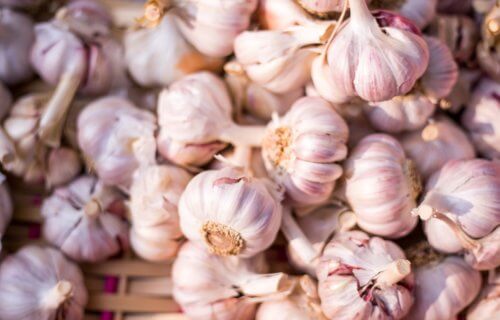BLACKSBURG, Va. — Whether you call it powerful or pungent, garlic definitely leaves an impression with everyone who tries it. What it does to your breath can be just as memorable. So it’s good you can’t make “stronger” garlic, right? Scientists at Virginia Tech say not so fast. Their study has discovered the process that produces garlic’s famous flavor and aroma. Their findings may lead to farmers being able to control how strong or mild their pungent produce is.
Researchers say the enzyme allicin is responsible for garlic’s powerful effects. The study reveals a new step in the growing process which creates this enzyme, rewriting decades of research on garlic’s metabolic process.
“This information changes the whole story about how garlic could be improved or we could make the compounds responsible of its unique flavor,” says study co-author Hannah Valentino in a university release. “This could lead to a new strain of garlic that would produce more flavor.”
Peeling back the layers of garlic’s big ‘secret’
The report finds the previously accepted process scientists believed creates allicin actually has no fuel to do this at all. The Virginia team says allyl-mercaptan interacts with flavin-containing monooxygenase, which becomes allyl-sulfenic acid.
So why is this so exciting for researchers?
“This is significant because by finding the metabolic pathway and understanding how the enzyme actually works and its structure gives us a blueprint of how allicin is created during biosynthesis,” co-author professor Pablo Sobrado explains.
The discovery opens the door to modifying garlic to fit a customer’s taste buds. Study authors say these allicin levels can be tested, allowing farmers to know how strong a particular crop will be.
Learning how to adjust the levels of this enzyme on demand may create a new era of garlic growing, where customers can pick how much “garlic breath” they want.
“We have a basic understanding of the biosynthesis of allicin that it is involved in flavor and smell, but we also now understand an enzyme that we can try to modulate, or modify, to increase or decrease the level of the flavor molecules based on these biological processes,” says Sobrado.
The study is published in The Journal of Biological Chemistry
Like studies? Follow us on Facebook!
